
The Chilean Patagonia is a millenary territory that is home to indigenous cultures and local communities whose livelihoods are strongly linked to natural ecosystems. This unique place in the planet is a conservation territory of marine and terrestrial landscapes.
This archipelago system includes more than 40 000 islands and 103 000 kilometers of shoreline. It has a great ecological and cultural richness that encompasses more than one third of the national territory. Globally and due to its isolated condition, the Chilean Patagonia is considered one of the last great natural biodiversity havens facing climate change still in good conservation shape.
This great natural and cultural heritage requires special protection measures. While Chile has made progress in the declaration of both terrestrial and marine protected areas, there is still a long way to go to ensure actual protection. Effective enforcement; budget allocations consistent with its size; enabling infrastructure for local dwellers and tourists; and public policies that guarantee its protection as a world class treasure are required.
To face this challenge, Universidad Austral de Chile and The Pew Charitable Trusts, two world-class institutions in the promotion of science-based policies, decided to join forces through the Austral Patagonia Program. The goal of the Program is to improve the conservation status of the marine and terrestrial portion of the Chilean Patagonia.
Austral Patagonia ProgramBrowse through the different categories
Disclaimer: The information presented in the viewer is for reference only and has no legal character. The sources cited here for each of the layers correspond to information from state organizations, which have made it available on their official sites, therefore disassociating the Austral Patagonia program from any responsibility.









